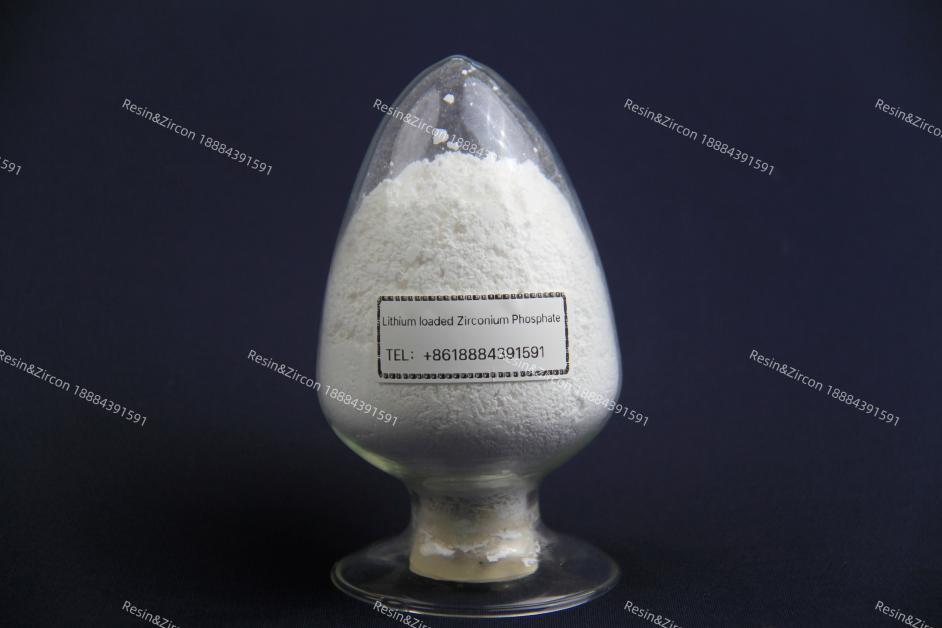Lithium loaded Zirconium Phosphate
Lithium Zirconium Phosphate (LZP) is an inorganic compound and a type of phosphate material. It features a unique structure and performance, making it widely used in various fields, particularly in energy materials. The chemical formula for LZP is (Li3O4P), which belongs to the NASICON (Na Superionic Conductor) type of solid electrolyte materials. This material has three-dimensional ion conduction channels, making it ideal for lithium ion migration. Due to its high ionic conductivity, wide electrochemical window, and excellent chemical and thermal stability, LZP holds significant potential applications across multiple sectors.

Scope of Application:
-Solid electrolyte: used in all solid state lithium ion batteries to improve safety and energy density.
-Lithium ion battery: as a cathode or electrolyte material, it replaces the traditional liquid electrolyte and solves the problems of flammability and leakage. The ionic conductivity at room temperature is high (about 10^-⁴ S/cm), which is suitable for lithium ion transmission.
-Sensor: used for electrochemical sensor, sensitive to CO₂, NH₃ and other gases, detection of specific gas or ion.
-Nuclear waste treatment: used to fix radioactive nuclides, such as actinides. After high temperature sintering, ceramic solid is formed for long-term safe storage.
-Catalytic carrier: supported metal catalysts (such as Pt, Pd), high specific surface area and thermal stability improve catalytic efficiency, used in automobile exhaust treatment or chemical synthesis.
1. Product features
-High ionic conductivity: high lithium ion conductivity at room temperature, suitable for use as a solid electrolyte.
-Thermal stability: stable structure at high temperature, suitable for high temperature applications.
-Chemical stability: stable to air, water and common electrolytes, suitable for long-term use.
-Wide electrochemical window: suitable for high voltage battery systems.
2. Recommended Additions
Depending on the different usage scenarios:
1. Solid electrolyte layer: 100% pure phase or composite 10%-30%.
2. Cathode surface coating: 1-5wt%.
3. Negative electrode composite 10-30wt%.
Composite polymer electrolyte 20-50wt%.

Follow WeChat


